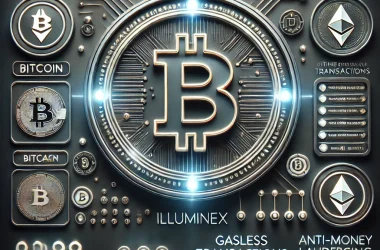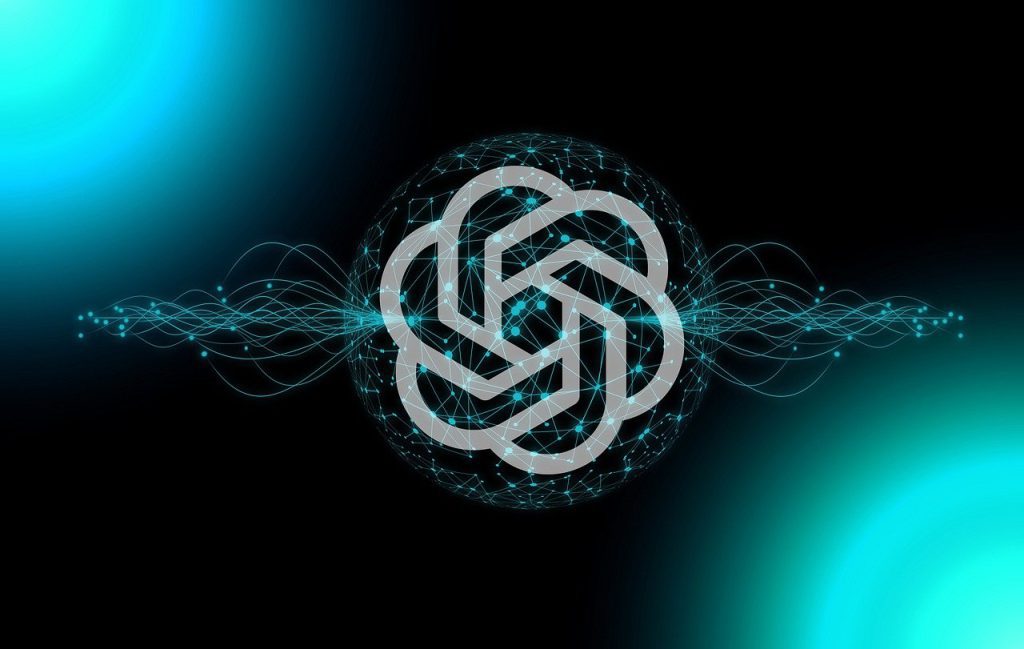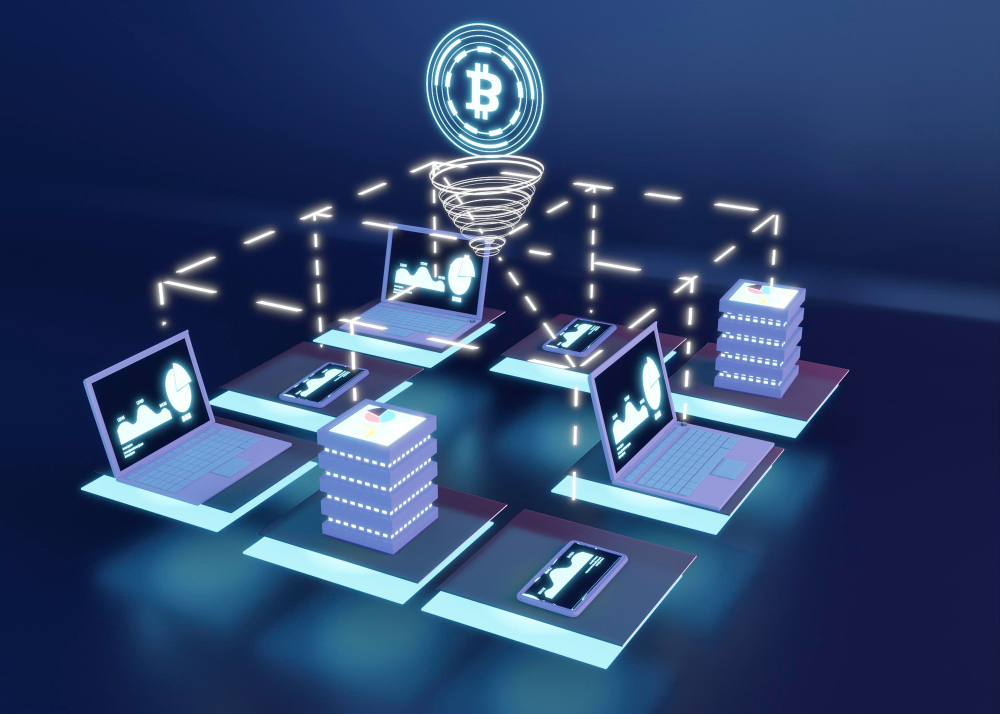Introduction to DePINs
Decentralized physical infrastructure networks (DePINs) are becoming increasingly relevant in the crypto sector due to their potential to tackle real-world issues in data and energy. These networks integrate with physical infrastructures using blockchain technology and token incentives to enhance business efficiency.
Market Potential
Research firm Messari estimates that the DePIN market, currently valued at $2.2 trillion, could grow to $3.5 trillion by 2028. This substantial growth potential has spurred the development of various DePIN projects.
DePIN in Telecommunications
Addressing Industry Challenges
The telecommunications industry, valued at $3.1 trillion and projected to reach $3.9 trillion by 2028, faces numerous connectivity and technology issues. Carlos Lei, CEO and Co-Founder of Uplink, highlighted that the traditional methods of infrastructure deployment are financially unsustainable, with significant capital expenditures (CaPEX) and uncertain returns on investment.
DePIN aims to address these challenges through decentralization. By enabling individuals to purchase and set up antennas, DePIN projects reduce reliance on centralized network providers and expand coverage. According to Domenic Carosa, Co-Founder and Chairman of Hivello, DePINs reduce redundancy and inefficiency in infrastructure development, optimizing resource use and lowering costs.
Helium Mobile’s Approach
Helium Mobile, led by CEO Amir Haleem, seeks to revolutionize the wireless telecommunications industry with a decentralized, community-owned network. By allowing individuals to operate mobile hotspots, Helium Mobile offers affordable, unlimited mobile services. The Helium protocol, built on Solana, supports this decentralized network, rewarding operators based on their contribution to network coverage.
Growing Adoption of DePINs
Uplink’s Initiatives
Uplink, which recently secured a $10 million funding round, incentivizes users to deploy connectivity infrastructure where needed. This two-stage approach—initial deployment and subsequent network offloading—helps telecommunication companies alleviate strain on existing networks. Uplink plans to launch a token later this year to support these initiatives.
Challenges in DePIN Adoption
Infrastructure Changes
Despite the promise of DePIN, telecom operators may struggle with the required infrastructure changes. Haleem noted that many enterprises have not updated their operations in years, presenting a significant learning curve.
Network Scaling
Scaling decentralized networks while proving their usability to consumers is another challenge. Building a network with thousands of individual nodes takes time, as evidenced by Helium Mobile’s recent partnership with Telefónica to expand its coverage.
The Role of Incentivization
Beyond Incentives
Simply incentivizing infrastructure deployment is insufficient to solve connectivity issues. Lei emphasized the importance of deploying infrastructure where there is genuine demand and ensuring high-quality signal and network stability. Uplink addresses these concerns with advanced systems and tools to maintain required standards.
Conclusion
DePINs hold significant promise for the telecommunications industry, offering a decentralized solution to connectivity challenges. However, their adoption depends on overcoming infrastructure changes, scaling networks effectively, and ensuring high-quality, reliable services. As DePIN projects continue to evolve, they could play a crucial role in shaping the future of telecommunications.
The post How DePINs May Disrupt The Trillion-Dollar Telecom Industry appeared first on Cryptonews.















